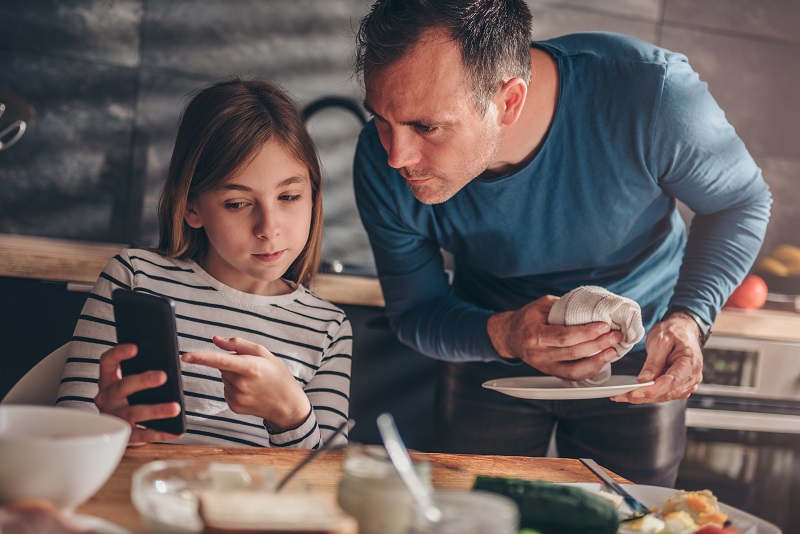
It is difficult for us to fully comprehend the depths of sadness, distress and outrage that cases of violence can create. A clinical psychologist shares advice on how to support and reassure children through these times.
Given the extensive coverage of such cases, children and young people are as aware of the details of what happened as adults, and some may become completely immersed in them. In the aftermath of these cases, it will be important that we provide our children with as much psychological support as they require to try to make sense of and deal with what has happened.
The first and most important priority will be to provide our children with as much comfort and love as possible. This should be determined by our children’s emotional needs, as they express them to us. Children and young people often personalise traumatic events, feeling that they could be at risk. It is important to reassure them that these events occur rarely, while also exploring with them how we keep them safe and the things they can do to keep themselves safe.
We will need to be prepared to discuss the facts around these events, but only to the extent our children wish to discuss them. When events are covered extensively in the media and we, as adults, find them distressing, we sometimes assume our children will find them equally upsetting. However, children often have their own priorities in life, which will take precedent. The key to protecting our children’s emotional wellbeing is maintaining an open approach to discussing issues that are important or worrying to them.
Our children’s ability to understand and integrate information will be dependent on their age and cognitive ability. We therefore need to keep information and discussion as age-appropriate as possible. The best way to ensure information is given in an age-appropriate way is to take the lead from our children, answering their questions, giving them the information they seek, and ensuring they understand what we are saying.
It is important that we limit the information we give our children to what we know, and that we are not afraid to say there are things we “don’t know”. This is most relevant to the question of “why” a person or people would commit such violent, horrendous acts. It is better to say we don’t know, rather than giving inaccurate information, just to provide short-term answers and comfort. In particular, we should avoid attributing acts to a person having mental health difficulties, when we are not sure this is the case.
The best way to provide our children with emotional support is to contain and control our own emotions. If we allow our anger or upset to spill into our discussions with our children, this will prevent them from expressing their true emotions, fearing they will upset us further or thinking they should feel the same as us. If our children ask us how we are feeling, it is important to be honest with them, without becoming overly emotional.
When especially violent cases arise, they have a significant societal impact, and there can be an outpouring of outrage and anger. It is difficult for us to understand how and why violent acts could occur in our society. Our children and young people are most susceptible to this. Protecting them from emotional trauma, while supporting them to understand what is emerging, will be important.
Through all of this, it is vital we support and protect our children and young people with our love, guidance and honesty.
This piece was written by Paul Gilligan, clinical psychologist, Chief Executive Officer of St Patrick’s Mental Health Services, and author of Raising Emotionally Healthy Children.
Watch Paul Gilligan, Áine Lynch of the National Parents Council Primary, and Clíodhna McDonnell, founder of the Doing the Best We Can peer support group for parents and guardians, on how to support children's mental health.
Get more tips on supporting child mental health
Find more supports for parents and guardians
Continue to…
Sparing a thought for fathers on Father’s Day


